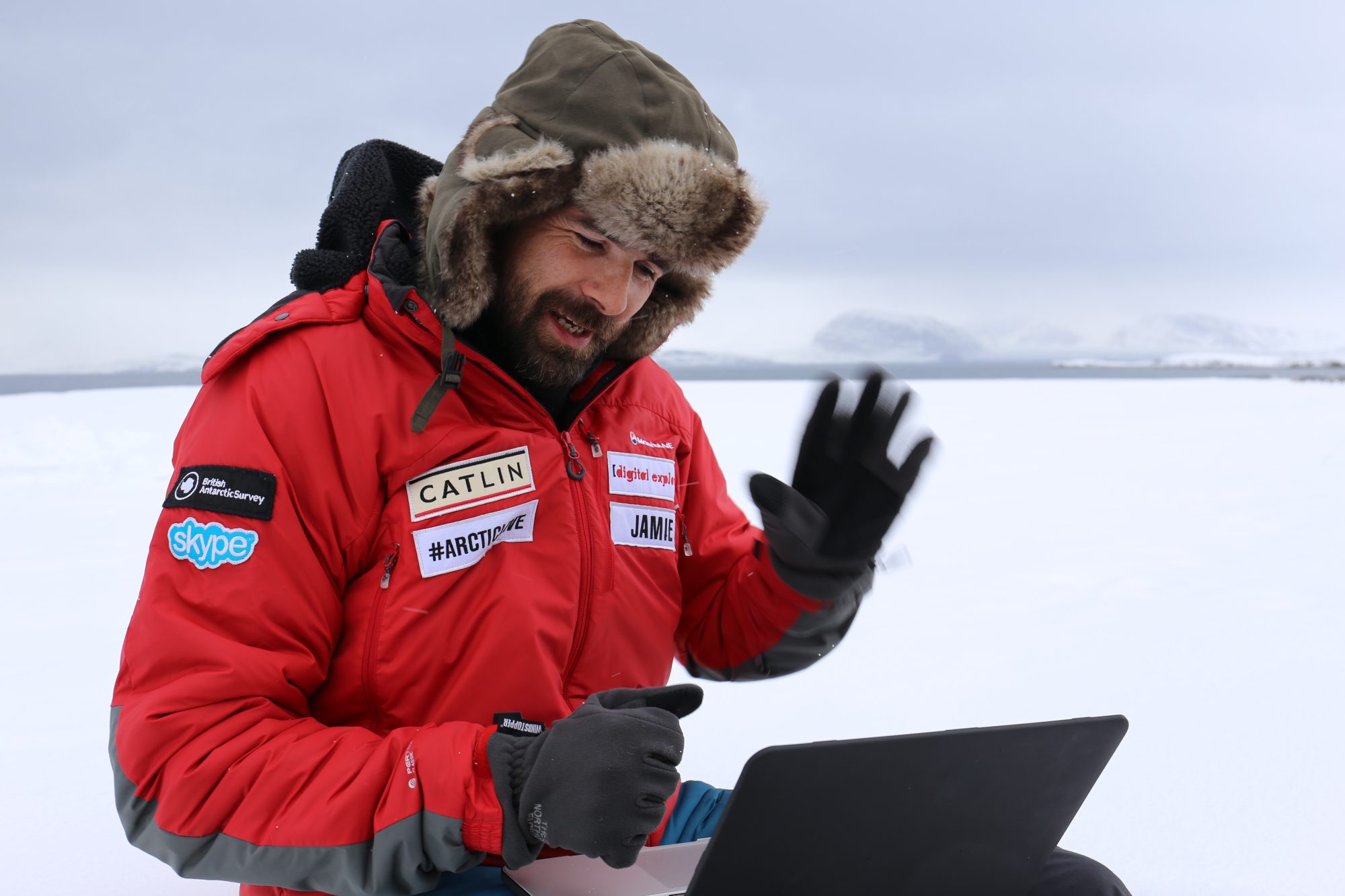

Held in partnership with BOAT International, and in association with Kensington Yachts, the Ocean Awards 2025 return for their 10th edition, recognising the achievements of individuals, groups and organisations dedicated to restoring the health of our oceans.
This year, after whittling down hundreds of entries from across the world to a shortlist of 13, our esteemed judges declared seven worthy winners. Below are the winners for this years Ocean Awards.
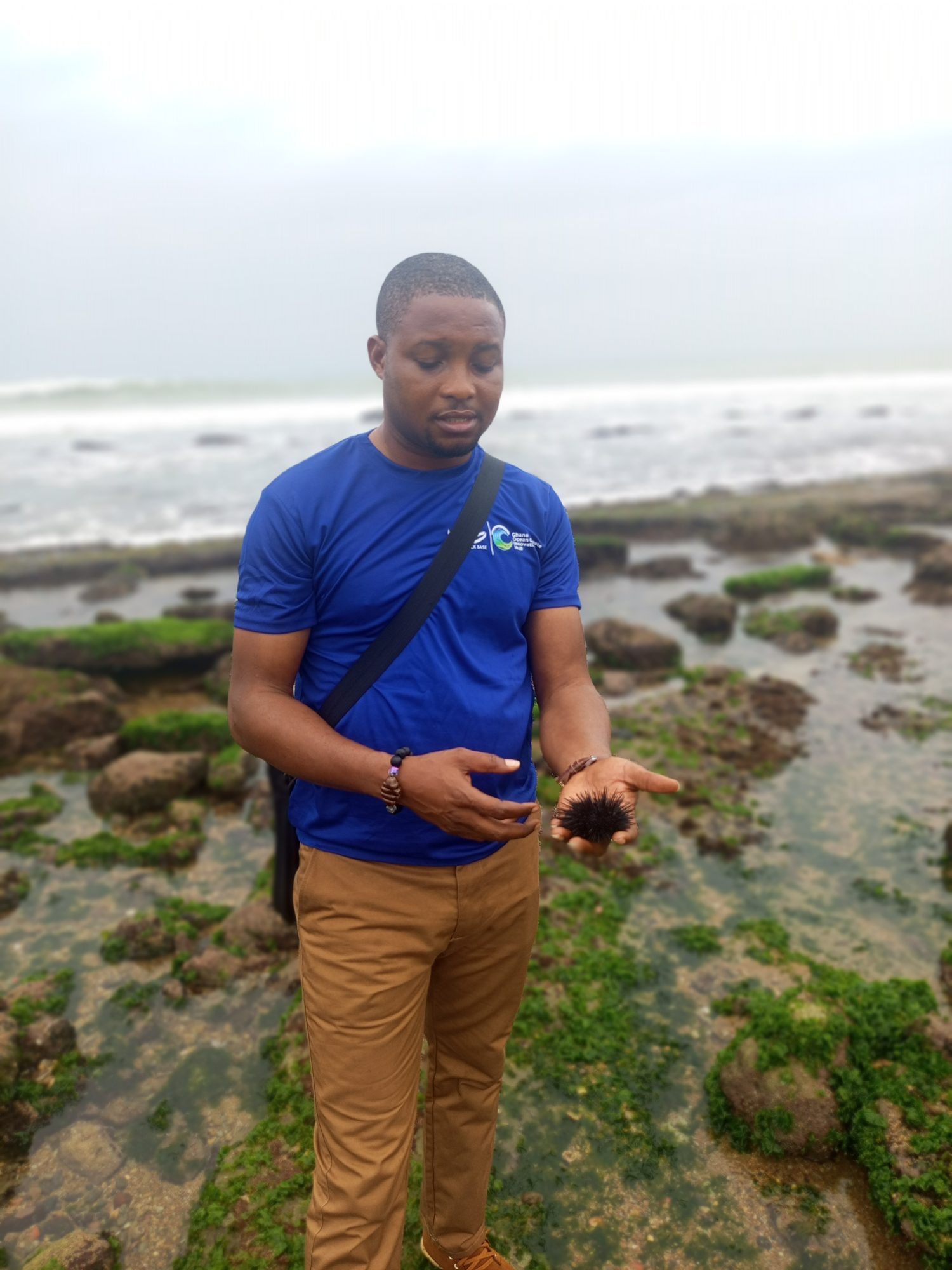
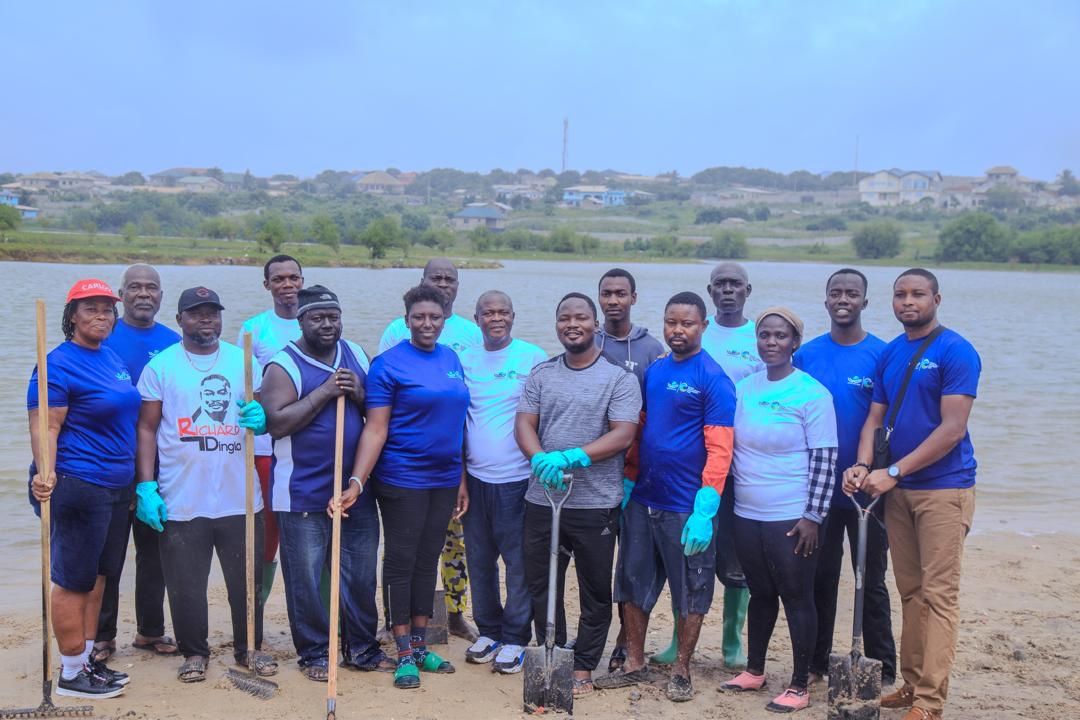
Who is he?
Peter Teye Busumprah is an oceanographer and environmental advocate. Having studied f isheries science at the University of Ghana, he founded Ocean Rock Base in 2024, an innovation-driven, knowledge-based environmental NGO whose mission is to “change humanity’s relationship with the ocean”.
What ignited your interest in the oceans?
“I grew up on the coast in Ada, southeast Ghana,” he says. “My early experiences as a local f isherman instilled in me a deep appreciation for marine life and the vital role the oceans play in keeping humans in good condition. But witnessing the impacts of overfishing and degradation sparked my interest in the conservation of our aquatic resources.”
What came first: concern for the fishers or the fish?
“As a fisherman, I realised there was an urgent need to address the unsustainable practices that threaten our oceans and the livelihoods of my community,” he says. “Climate change, overfishing, habitat destruction and pollution have not only diminished f ish stocks but eroded the cultural ties we have to the sea.”
So what’s the solution?
Informed policy-making depends on detailed knowledge, he says. So a lot of Ocean Rock Base’s work involves getting local fishers to help document the marine life they encounter to create “a data repository for different fish species”. “Our initiative seeks to empower local fishermen through education, collaboration and science-based policies. By understanding the biodiversity of our waters, we can create responsible fishing practices that not only support our livelihoods but also keep the ocean in good health for future generations.”
How do local fishers collate the data they collect?
Ocean Rock Base has developed what he calls an “Ocean Multifunctional application for fishermen’s phones that utilises GPS technology to record crucial information such as catch location, habitat, species size and fishing-trip duration. Fishermen log specific data such as the fishing effort [the capacity of the vessel and method of capture], binomial classification of species and sea conditions, providing a comprehensive dataset that enhances understanding of marine biodiversity.” The app is also used to record indigenous names and ecological observations. “By mapping blue-carbon biodiversity, it aids in the conservation efforts crucial for climate change mitigation,” he adds. And it encourages data sharing among fishers, promoting awareness of ocean conservation and alerting them to government recommendations for marine protection areas. In short, “it enhances stakeholder engagement, ocean literacy and fosters collaborative efforts across West Africa in developing similar fisheries atlases.”
Where is it being used?
“We’ve successfully tested the application at 25 landing beaches in Ghana,” he says, adding that the project has additionally been implemented in Cameroon (in collaboration with One Green Africa); Nigeria (in collaboration with Nature Cares Resources Centre); and Sudan. It’s also been trialled in Madagascar and Tunisia.
Any other projects?
“We’re currently in the midst of establishing the first community-managed Marine Protected Area in collaboration with local chiefs, community members, fishermen and local government.” All this in a year!
So what are its ambitions for the future?
“To promote citizen science in the hope of discovering new marine species in Ghana; to create a digital fisheries atlas for the West African Coastal region; to create MPAs; to create an interactive digital map of blue-carbon ecosystems in near-shore waters off West Africa.”
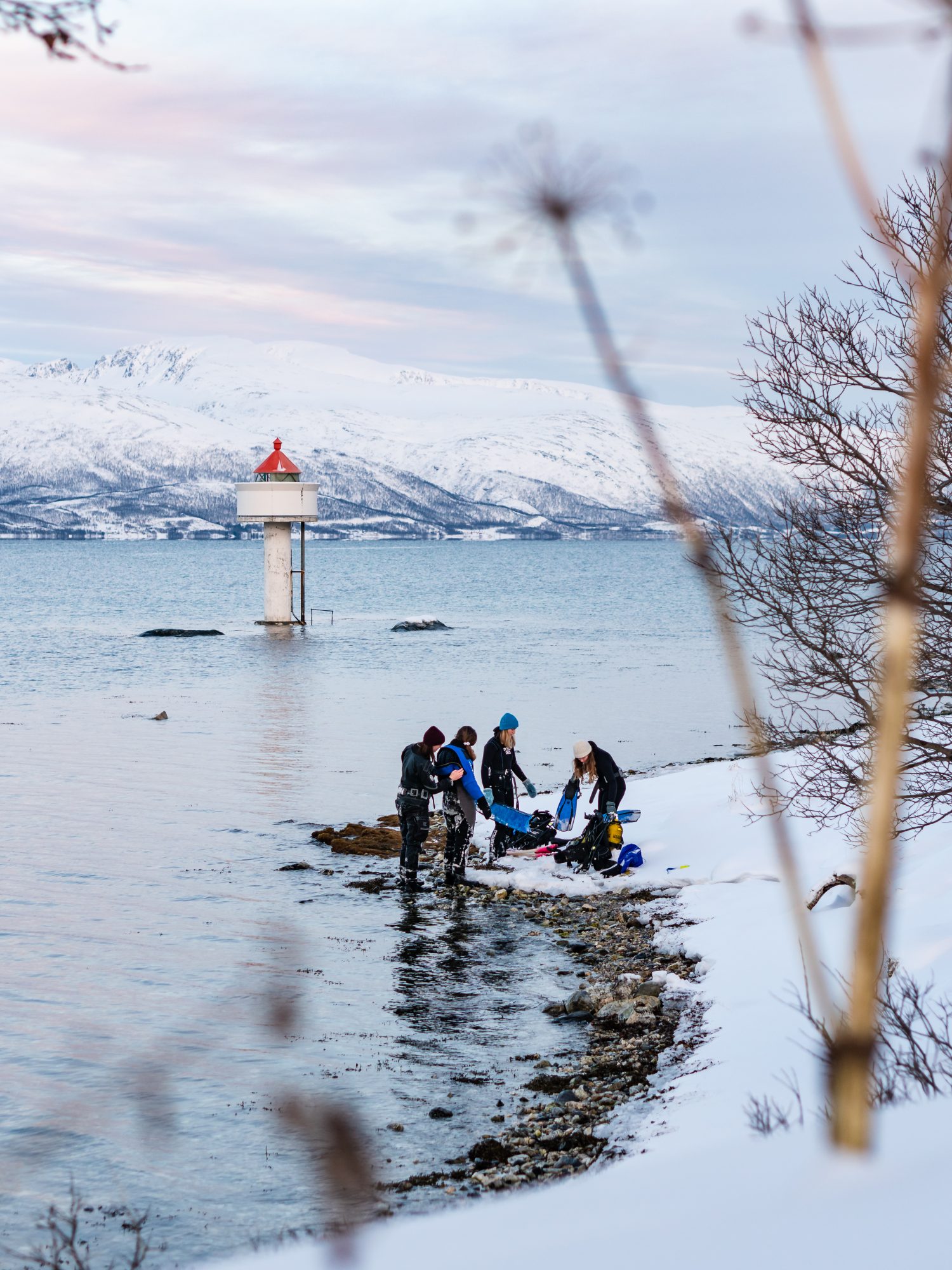
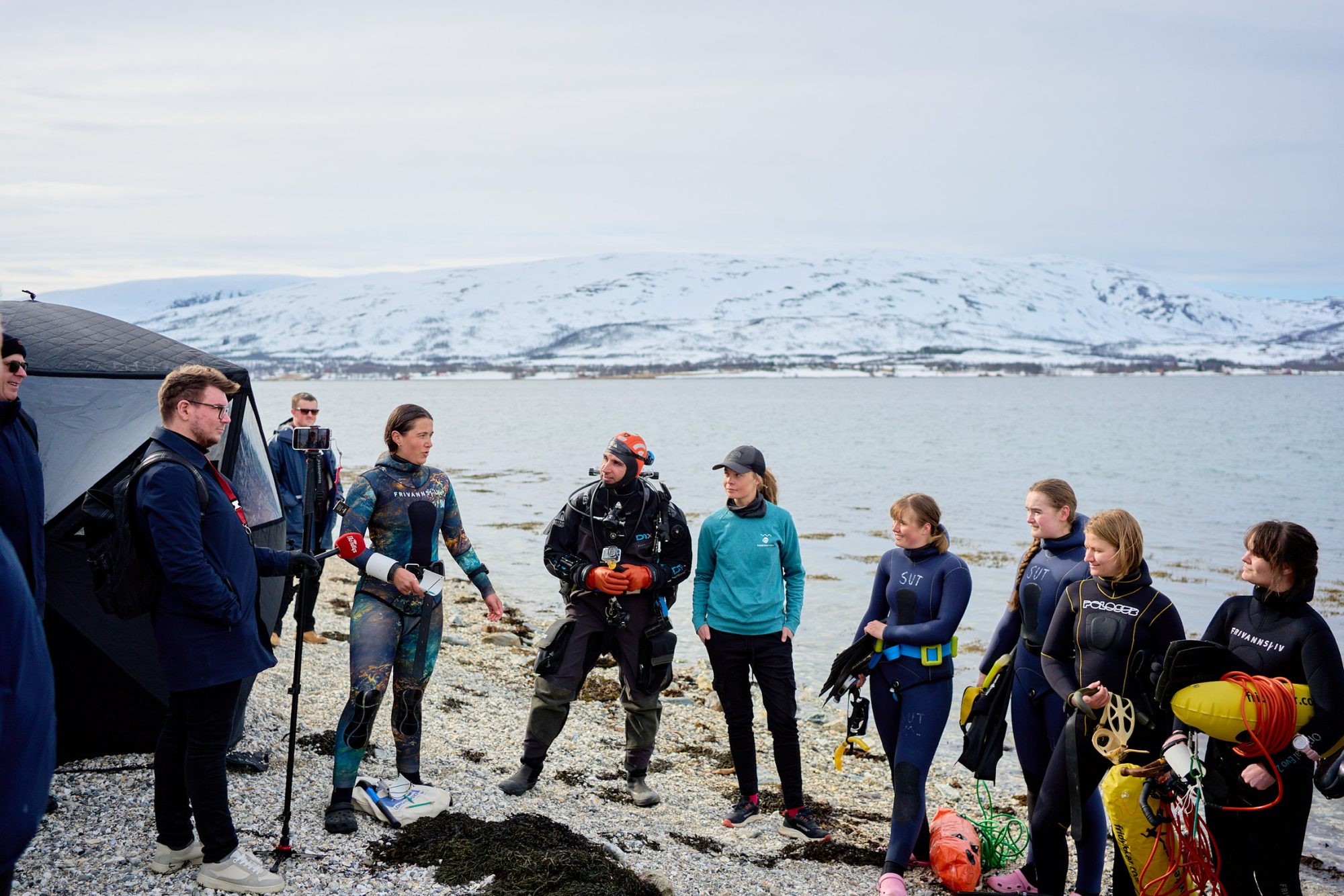
What’s the issue they have been fighting?
Every year, kelp forests capture about 4.5 million tonnes of carbon dioxide from seawater, making them one of the world’s most important carbon sinks. But the kelp forests off the north Norwegian coast, especially around Tromsø, Harstad and the Lofoten Islands are under attack from sea urchins. “Kelp forests are very productive ecosystems that are a hotspot for marine biodiversity,” says Ida Søhol, co-founder of Tarevoktere. “They serve as the nursery and feeding ground for so many organisms. But without the kelp, you don’t really have an ecosystem.”
But what have sea urchins got to do with it?
They’ve been eating the kelp. “Scientists believe that overfishing of predators back in the 1970s and 80s led to a huge expansion in their numbers,” she says. “The loss of predators such as wolffish caused them to expand their feeding sites. And today, we have almost 15,000 kilometres of coastline” made barren by the urchins.
So what can be done?
The best way to restore the kelp forests is to remove the urchins using “proper scientific oversight”, she stresses. So they harvest them and “put them to good, alternative use, for example, culinary urchin ranching”.
Urchin ranching?
Essentially, it’s the fattening up of urchins that are empty on the inside because they can’t find enough food. By feeding them and growing their roe in a controlled environment, they can then be sold as food.
And the ultimate aim?
To bring the urchin population down from 30-plus to fewer than two per square metre. “That way, the kelp forests should recover during the next growth season.”
How far are they from realising that goal?
Thanks to teams of volunteer divers recruited from local diving clubs, among them Norway’s Crown Prince Haakon, more than 3,000 square metres of kelp forest has been restored.
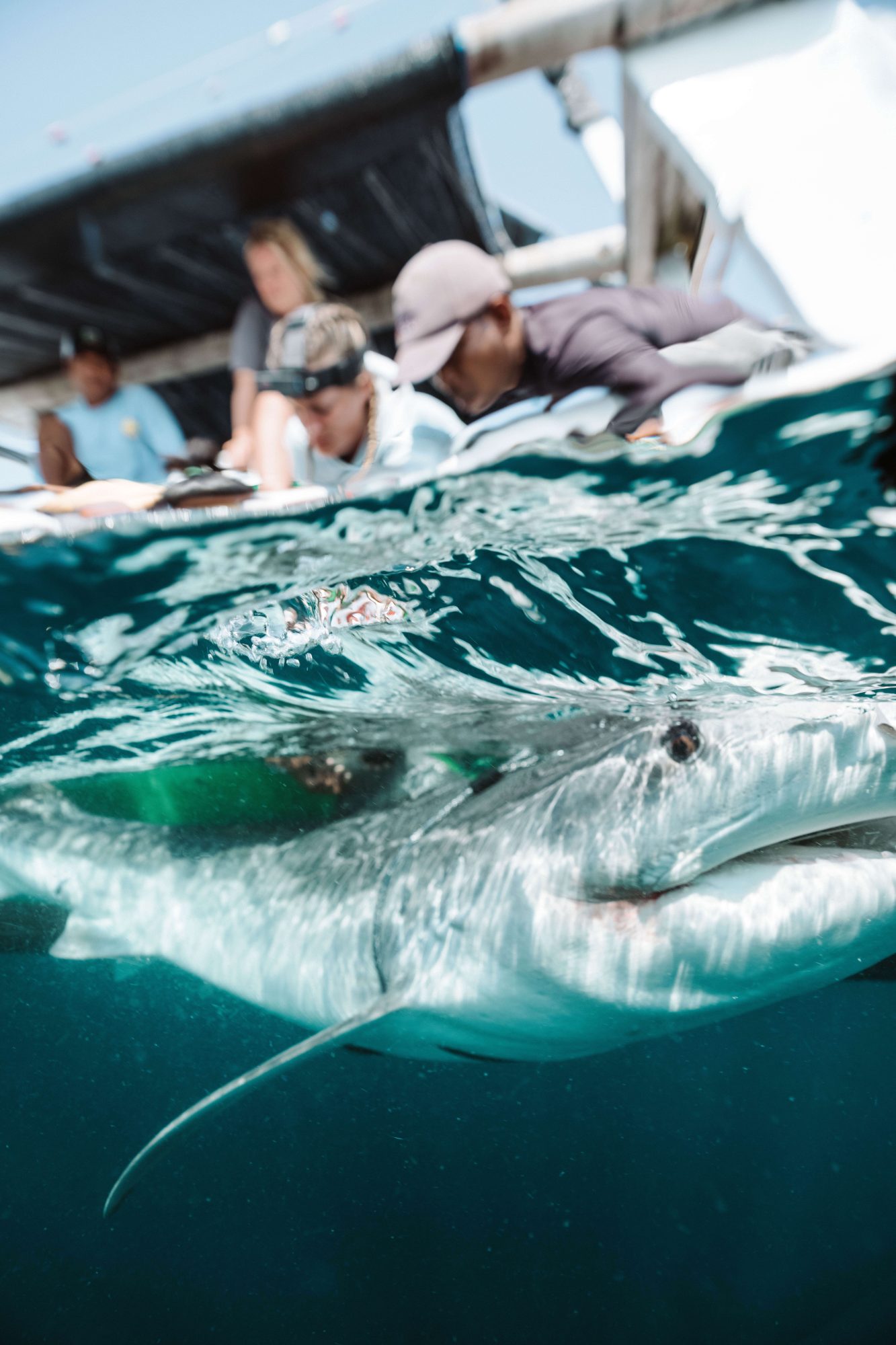
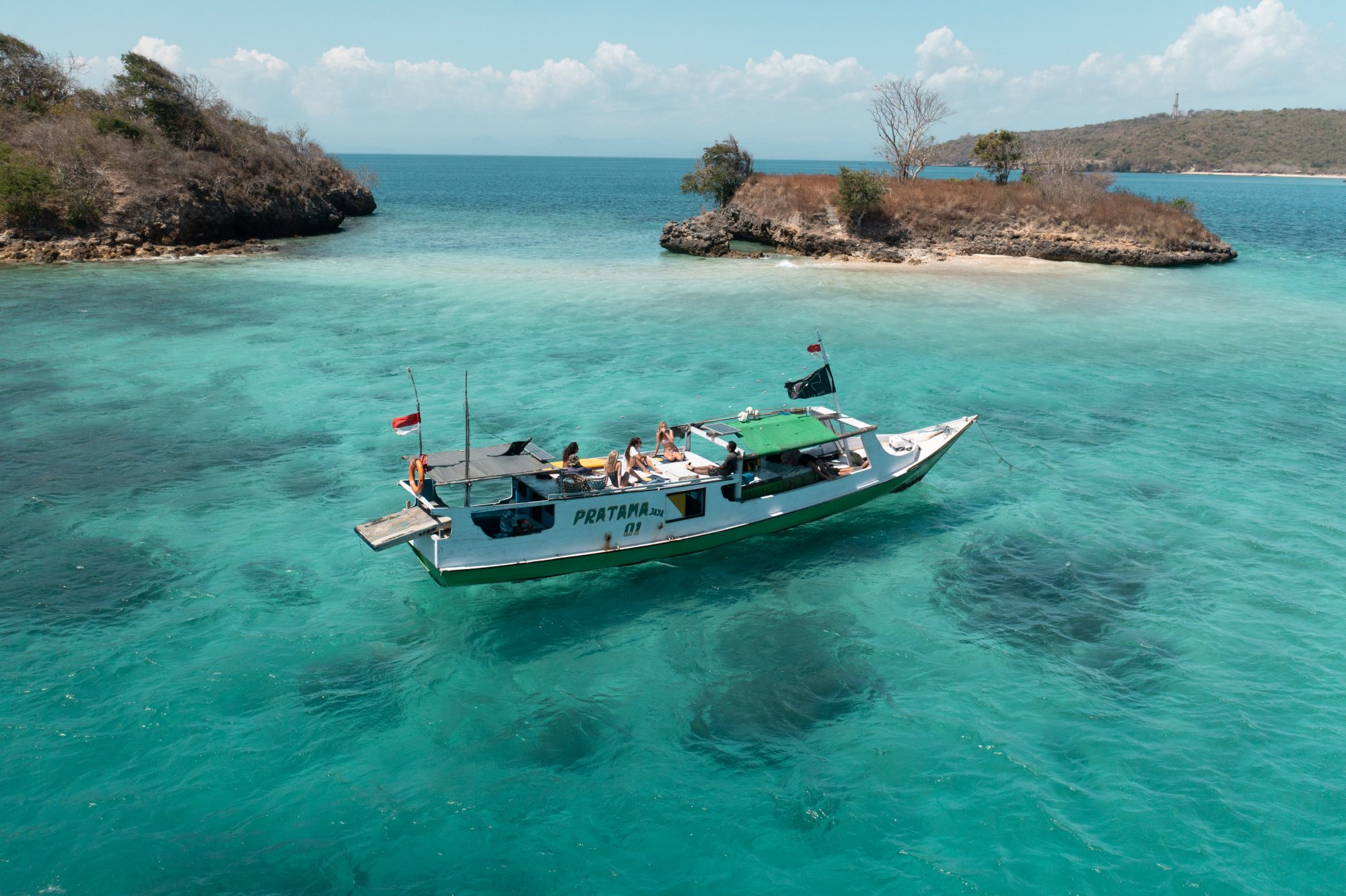
How did it start?
In 2018, a young Australian filmmaker, Madison Stewart, then aged 23, came to Lombok to work on a documentary exposé of the shark trade “and the men at its heart”. Filming in Lombok’s shark market, she was horrified by what she saw: dozens of carcases of hammerhead, bull, silky, thresher and tiger sharks, as well as rays, dead on the floor of the market. “This wasn’t my first time seeing shark carcases,” she says. “But it was the first time I had seen men whose next meal depended on them.” Getting them to stop was going to be a challenge At the start of this century, Indonesia was the world’s leading shark exporter, and these men depended on that market for their living. As one of them has been quoted as saying, “We come back when the boat is full of fins, or when we run out of cigarettes. These days we always run out of cigarettes first.” They weren’t going to stop without the offer of better, more lucrative employment. Wise to the fact that about two million tourists, many of them Australian, visit Lombok each year, Stewart’s solution was to set up a sustainable ecotourism venture, Project Hiu, named after the Indonesian word for shark.
And what does it do?
As well as free-diving courses and opportunities to meet the fishing communities and see the shark market, it offers day trips and six-night itineraries for up to eight adults (from about $1,500 pp) that include trips to explore the islands and their waters using six former shark boats and their crew. Those boats and fishers would formerly have been catching hundreds of sharks a year. Profits from the day trips are paid to fishers to replace the income they would otherwise derive from catching sharks.
Has it made a difference to the local shark population?
“Each trip we run keeps two shark-fishing vessels out of the water for a month, saving more than 60 sharks,” she says. In 2024, Project Hiu contracted eight more boats and prevented a total of 36 shark-fishing expeditions, saving more than 2,000 sharks, eight of which they managed to tag. One of them, a three-metre tiger shark whom they named Raisa, travelled 14,000 kilometres until she was caught and killed, but her death revealed what Stewart calls “a significant hotspot for tiger sharks”. In identifying the area where she was caught, a place to which sharks congregate, “Raisa gave us invaluable data,” says Stewart. And contingencies have been put in place to deter fishing there. So there’s an important research element too? There is. Project Hiu has contributed to several papers, notably on great white sharks in Indonesia, and is in the process of publishing the findings of its own research.
And a community element?
Even during the off-season, Project Hiu provides employment for former fishers, more than 60 of whom now work for it. And to help the next generation find jobs in other industries, it also sponsors students from local fishing communities.
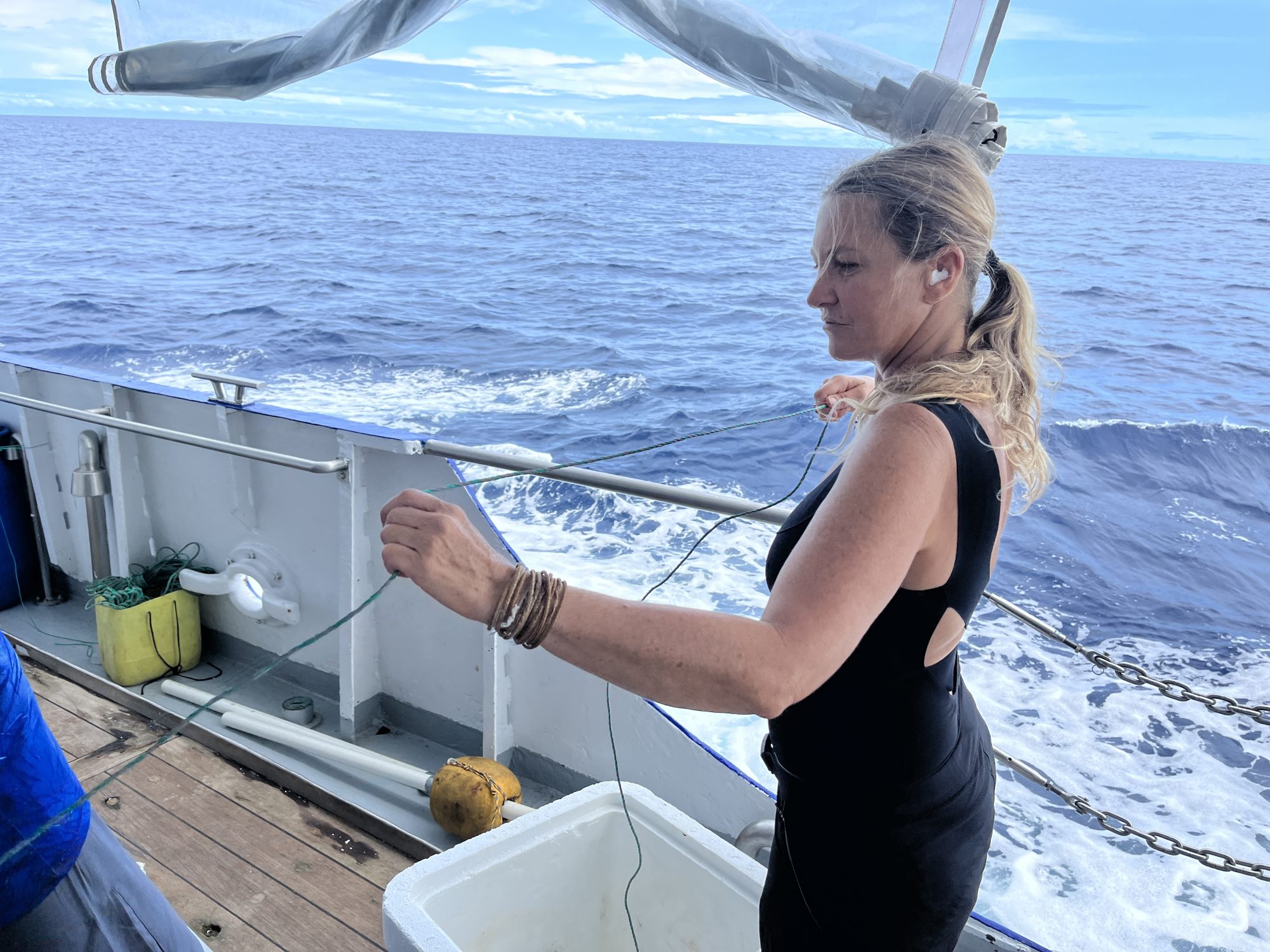
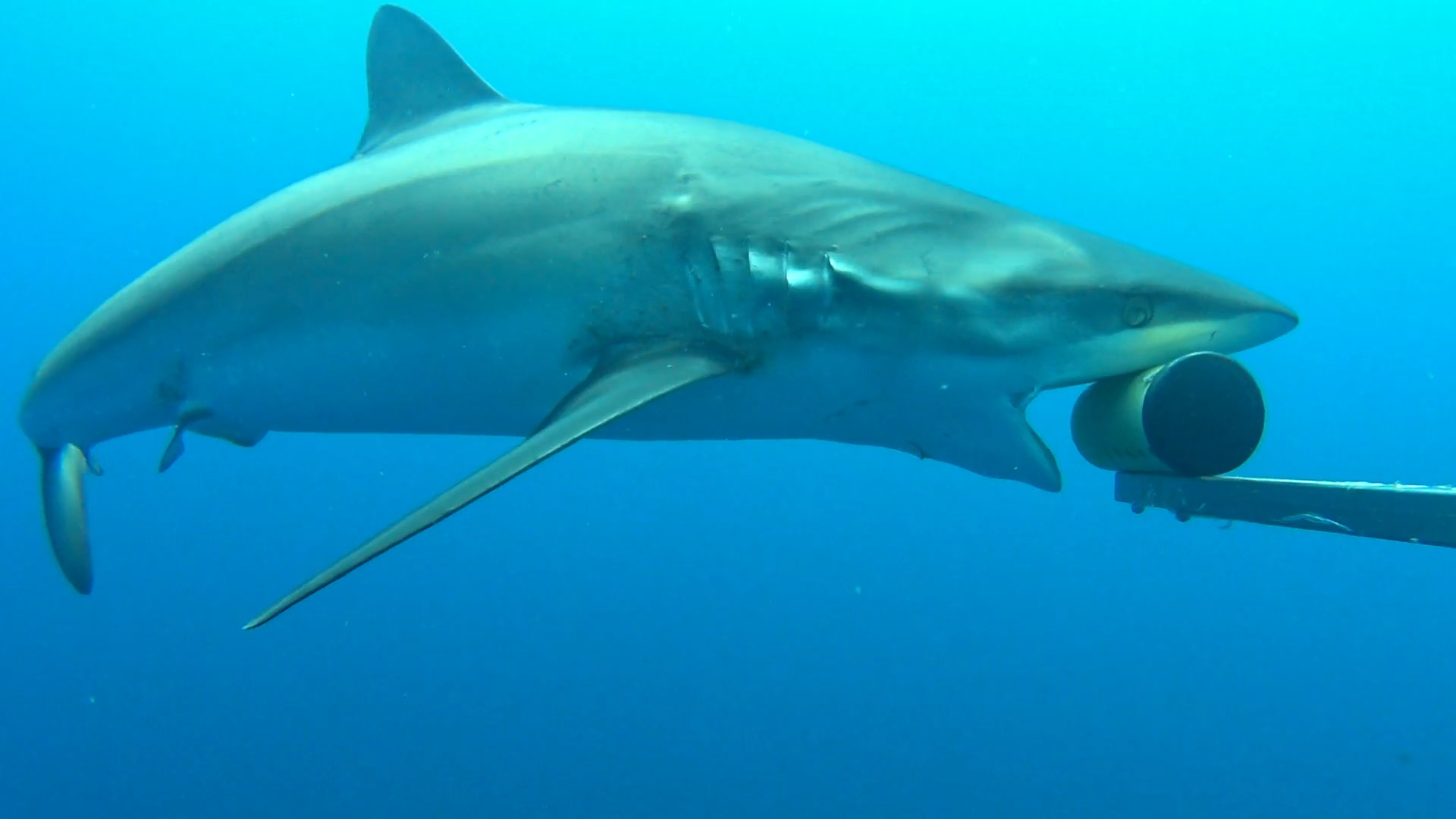
Who is she?
“Water is my second home,” says the naturalist, environmentalist and professional diver Sandra Bessudo, who was the judges’ unanimous choice for this year’s Science Award. Born in Bogotá to a Belgian mother and a French father, she has dedicated much of her life to protecting the Malpelo Fauna and Flora Sanctuary, an area in the Pacific surrounding Malpelo Island and its 11 islets, 490 kilometres from the Colombian port of Buenaventura.
Tell us about Malpelo
“When I started visiting Malpelo [in 1987], I realised its great richness, but also its vulnerability,” she says. “The ravages of industrial fishing and finning were terrifying.” Her first major achievement was to secure its designation as a Marine Protected Area in 1995. Four years later she set up the Malpelo Foundation in order to push for an expansion of the MPA, and in 2006, UNESCO declared the sanctuary a Natural World Heritage Site. Today, it is also one of Colombia’s best diving sites, thanks to the ecotourism programmes Bessudo has promoted worldwide. More recently, her work has focused on the Navegador Seamount, a deep-sea mountain within the Yuruparí-Malpelo National Integrated Management District (DNMI). In collaboration with Colombia’s National Natural Parks authority and its fisheries authority, she is working to secure a no-take zone around it to protect key species and mitigate by-catch.
Why is this important?
Seamounts tend to be centres of exceptionally rich biodiversity. (The movement patterns of marine currents around them create a kind of syringe-like suction mechanism that draws nutrients from the richer, colder, deeper waters to the surface, bringing zooplankton to the surface, thus attracting fish and, by extension, predators.) “It’s very common in Malpelo to find barracudas and schools of [all sorts of] sharks,” she says, reeling off a list of species. “Hammerhead, silky, smalltooth sand tiger and whale, as well as manta rays and turtles.” Using baited cameras during a dive to a depth of 200 metres on the seamount, they identified a school of 70 hammerheads, a critically endangered species, suggesting the seamount is a vital ecosystem for them and crucial to them not just as a hunting ground, but for the way they communicate and navigate. Despite this, however, the area remains open to fishing.
How will the no-take zone be enforced?
“The goal is to combat illegal fishing by working with the national fishing sector,” she says, “and by working with institutions to control and monitor the area, tracking industrial vessels using VMS (vessel monitoring system) and AIS (automatic identification system) devices, as well as satellites.” Ultimately, however, it depends on cooperation between policymakers and fishers. But she is optimistic. “Artisanal fishers are now more aware of the need for healthy ecosystems,” she continues. “We’ve been working with them on that. We fund projects to support them and can pay those who support us by giving us information.”
So it’s not yet an exclusion zone?
Not quite. The Malpelo Fauna and Flora Sanctuary is fully protected, but the Yuruparí Malpelo National Park requires a management plan for a 20- x 20-nautical-mile no-take zone around Mount Navegador, “which we are working on,” she says. However, thanks to the Malpelo Foundation and Bessudo’s leadership, and in light of her distinguished record working with legislators at all levels (she was an adviser to the former Colombian President, Juan Manuel Santos), the signs are promising, and opposition is expected to be minimal. Certainly, there is no doubting her conviction.
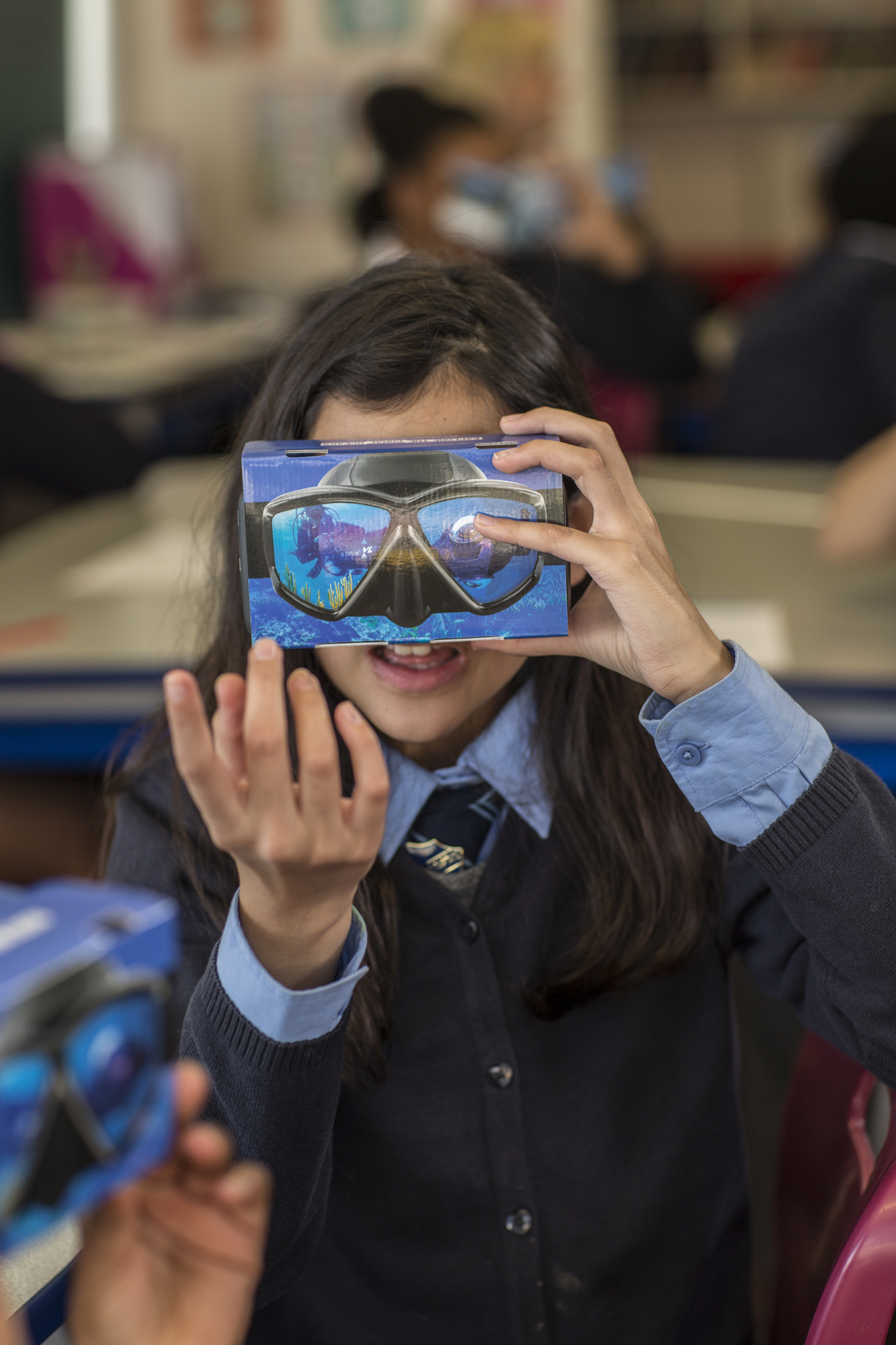

Who’s behind it?
Originally a teacher of citizenship, PSHE (personal, social, health and economic education) and history at a community school in Essex, Jamie Buchanan-Dunlop founded Encounter Edu to raise global awareness and develop new ways to connect young people with their changing world.
What is its mission?
To make education “relevant, fun and important”, with “classroom encounters” with amazing people and places. “While our virtual live lessons are our flagship programme, everything we do is about connecting the classroom with the world,” he says.
And how does it do that?
“We take important global topics and [make them] accessible by creating bespoke education programmes to engage and inspire students through a combination of live video-links, classroom resources, videos and VR content,” he says. “We’ve worked with projects from the Arctic to coral reefs; connecting children directly to explorers and scientists can transform education both inside and outside the classroom.”
That’s a big undertaking.
Its programmes are developed with more than 100 researchers from 50-plus institutions and initiatives, among them the Catlin Arctic Survey, Common Seas, Ocean Census and the Convex Seascape Survey. Encounter Edu has now created one of the largest libraries of ocean education resources, spanning 177 curriculum-aligned lessons, as well as teacher training. It has also worked to embed ocean literacy in the National Curriculum in England.
How far is its reach?
Very far! To date we’ve reached more than 18.5 million students in 80 countries, both at primary and secondary level. And in co-authoring UNESCO’s Blue Curriculum Toolkit, Encounter Edu is influencing global marine education policy.
What’s your endgame?
“We believe that it’s hugely important to continue to bring the ocean into the classroom,” Buchanan Dunlop says, especially given that “more than 40 per cent of the global population are now aged between 10 and 24. By giving them an opportunity to connect with ocean-science projects and [alerting them to] conservation challenges, we’re not only sparking curiosity, but also developing a generation of ocean advocates.”
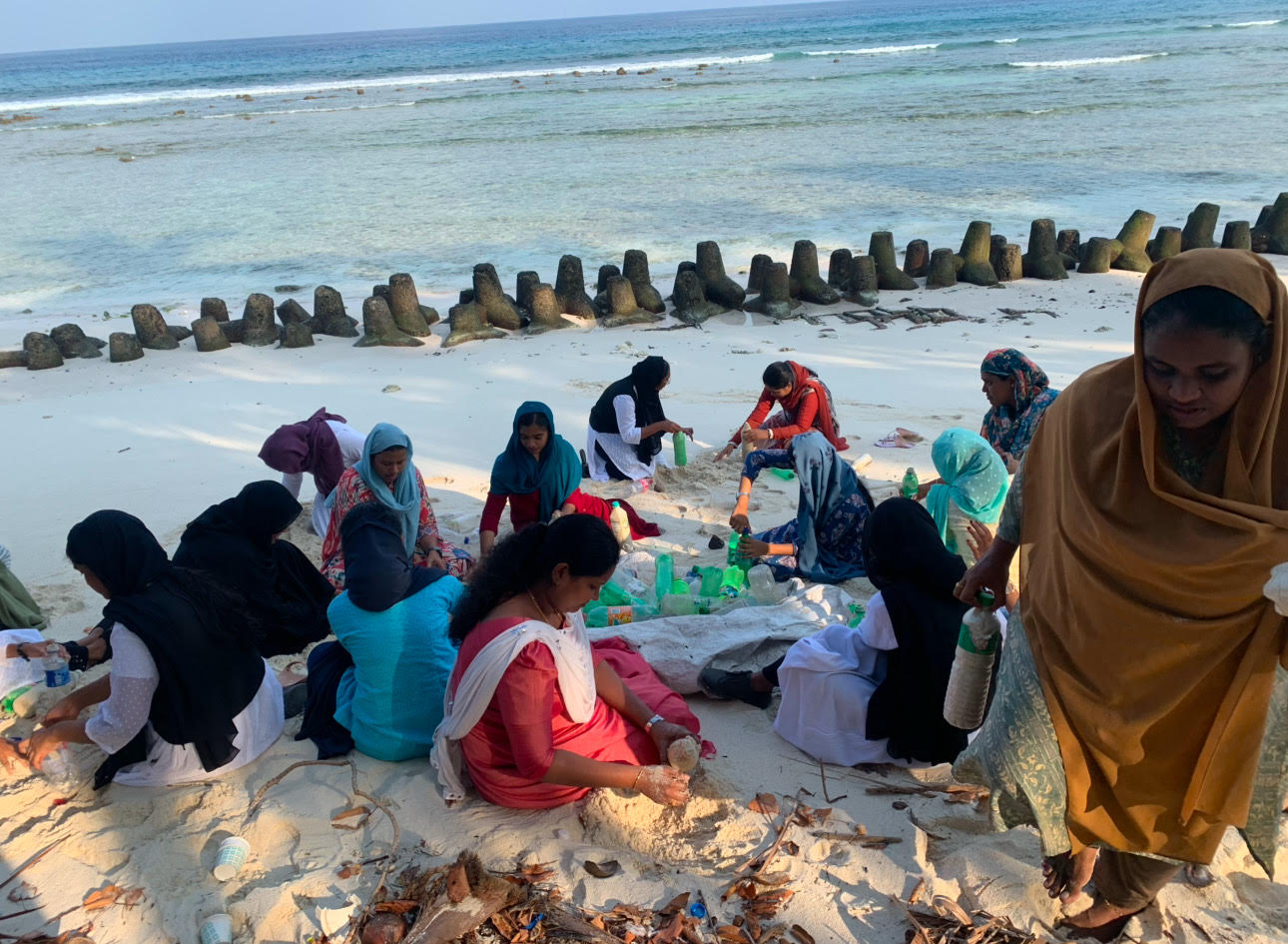
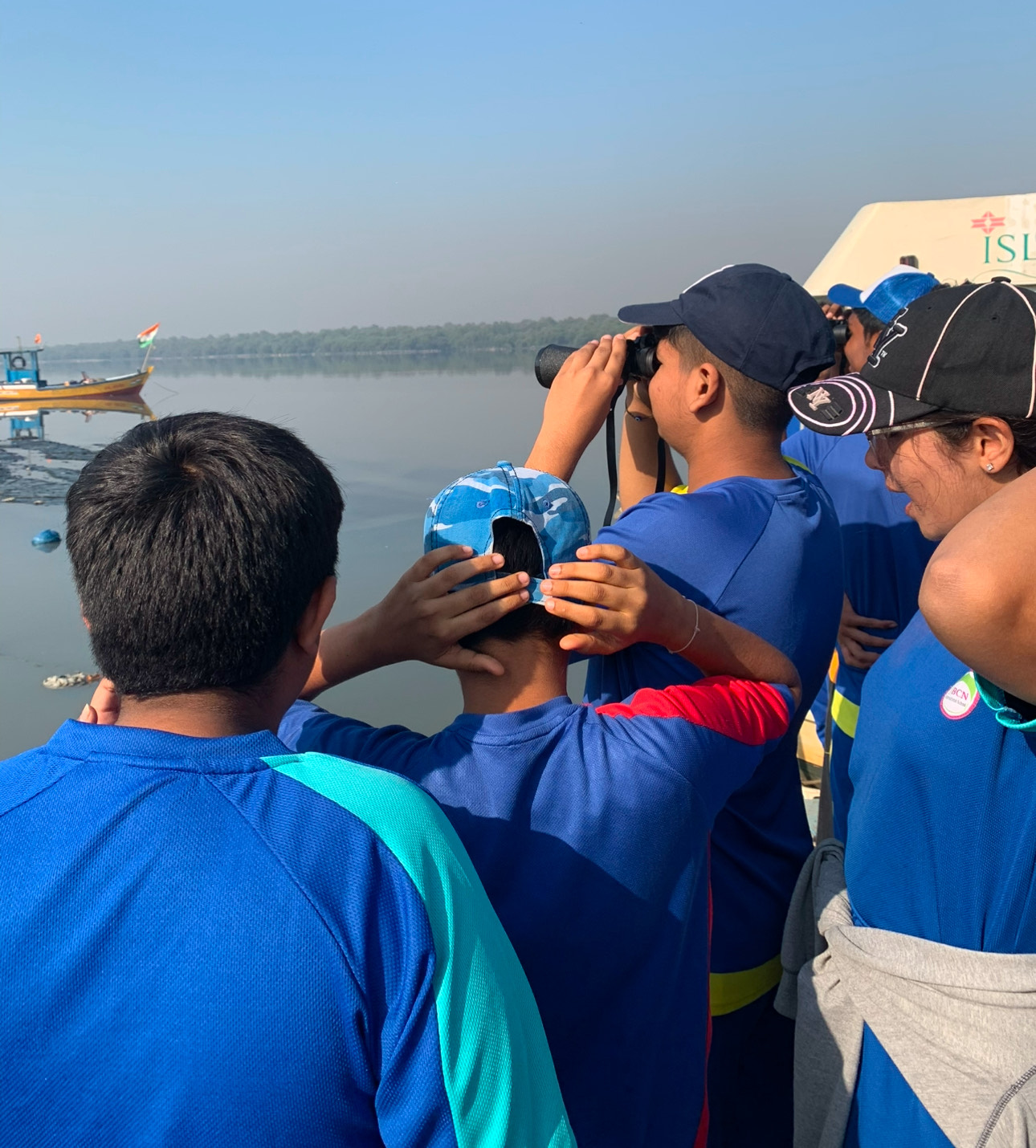
Who’s behind it?
Elsie Gabriel, an environmentalist and HSA USA-certified diver based in Mumbai, was inspired to set up the Young Environmentalists Programme after “powerful cyclonic rains and floods struck” the city in 2005, damaging its infrastructure.
What is it?
It’s an NGO whose mission is to educate young adults and students about climate change and ocean conservation, not just in coastal regions, but inland as well. Aimed both at students and teachers, its education programmes, notably Ocean Literacy in Curriculum, blend science with local knowledge, offering experiences in the field as well as online.
What is it doing to raise awareness in schools?
Over the past two decades, its remit has grown exponentially, not least in its efforts to promote knowledge of the oceans and the dangers they face. “We’ve worked in several schools in Mumbai, where [despite it being a coastal city] many students have never seen the ocean,” says Gabriel. “By bringing the ocean into classrooms, we’re inspiring the next generation of ocean stewards.” Among its signal achievements in 2024 was the publication of its Ocean Literacy Book. Endorsed by the government of Maharashtra, it is now part of the curriculum in its schools, ensuring pupils and students from diverse communities are taught about the issues facing the oceans.
But it speaks to adults too
“I also work with citizen scientists like scuba divers and surfers in small island communities such as Lakshadweep, Havelock, Sri Lanka, the Philippines, Kerala, Goa and the Maldives, empowering them to become ocean literacy ambassadors,” she says. “They intimately understand their marine biodiversity backyard so they can play a crucial role in conservation by documenting changes, advocating for sustainable practices and engaging local communities in protecting their waters.” It also focuses on raising awareness of career opportunities for women in marine conservation, and it has a programme that teaches people with disabilities to dive and trains able-bodied divers to rescue those with special needs during ocean disasters, inland floods and tsunamis.

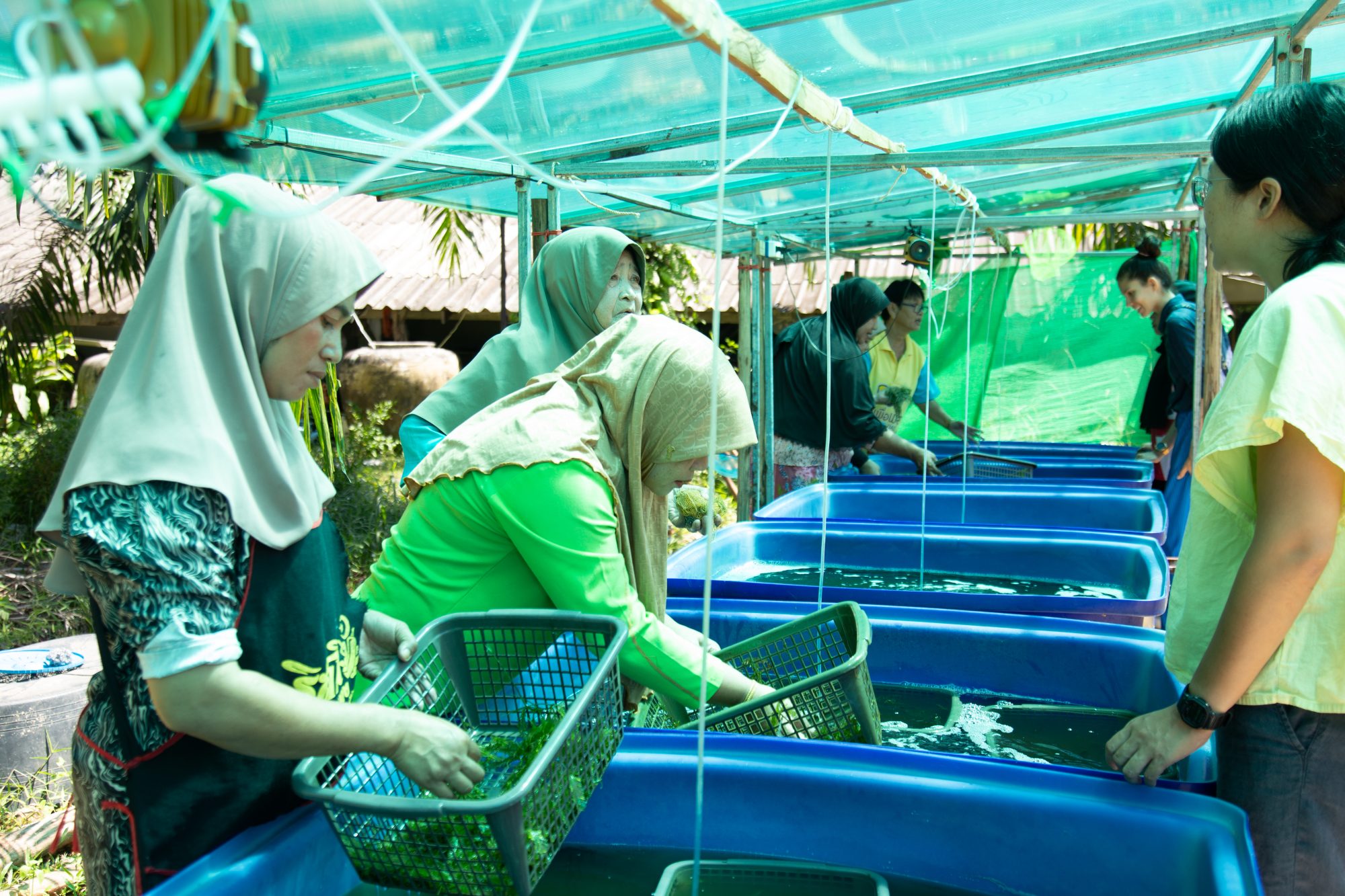
Is seaweed farming a growing commercial activity in Thailand?
Local fishers and farmers are increasingly cultivating it as a means of generating year-round income.
So what makes this project worthy of an award?
This is a social enterprise, a community-driven model that promotes the cultivation of Caulerpa, a genus of edible seaweed rich in antioxidants that is now used in the treatment of a number of health conditions, including some cancers. As such, it both creates employment opportunities for women from low-income households and deters the harvesting of once-abundant wild Caulerpa, which has been declining in its natural habitat.
Who’s behind it?
It’s an initiative from the Yunus Foundation, a non-profit organisation co-founded by Muhammad Yunus, a pioneer of the microfinance and social business movement (and winner of the Nobel Peace Prize) and the man who set up Grameen Bank.
And what is its aim?
Its main mission, says Cassandra Dewi Sariganon, the Yunus Foundation’s Seaweed Social Business lead, “is to create a sustainable social business that helps reduce poverty in coastal communities. We’ve partnered with women entrepreneurs, providing them with training in seaweed cultivation, marketing and sales. We also help them access government funds and resources to grow their businesses. The key is that we’re giving them a way to adapt to climate challenges and support their families, all while boosting the local economy sustainably.”
So it benefits the communities it engages with
“The women we work with are seeing some amazing changes in their lives,” she says. “One of the biggest is being able to earn passive income from seaweed farming, especially when traditional fishing isn’t possible due to weather changes.”
For example?
“During heavy rainfall, they were still able to cultivate seaweed right outside their house, earning 200 baht [about £4.50] per kilogram.” Some communities are “getting creative with the seaweed too and, with our support, developing seaweed fish crackers, which have become a local hit and help them to sustain their income” during the off-peak season for tourism.
But what’s in it for the oceans?
Unlike most commercial seaweed farming, “the cultivation of Caulerpa in this project takes place on land, through a controlled system that eliminates the need for traditional ocean-based seaweed farming”. This approach is essential for several reasons, she stresses. First, “rising ocean temperatures and erratic rainfall patterns have led to the decline of [wild] Caulerpa in its natural habitat”. And second, “coastal pollution, driven by improper environmental practices and the impact of chemical jellyfish farms, has compromised water quality. Furthermore, she continues, “the Caulerpa that once grew along canals has become increasingly scarce, making this initiative crucial for the preservation of biodiversity”.
Is there potential to roll out the project elsewhere?
There is. “Collaborations with researchers from the Scottish Association for Marine Science, Kasetsart University, Prince of Songkla University, and our funder, Global Seaweed Coalition,” are already in place, the better to address “interconnected challenges and work towards restoring both the ocean’s health and the economic resilience of coastal communities”.
If you know a worthy project world wide, submissions for the 2026 awards will be open later next year.